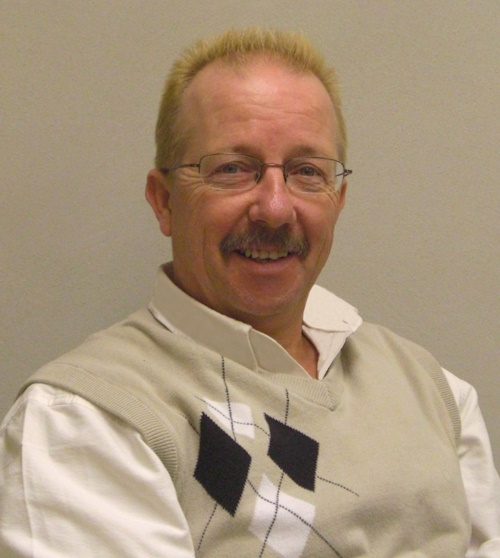In the prototyping process there are certain features on a cast part that should be machined even though they will be cast in the production process. For example:
Small holes should be machined in the prototype casting process. In the die casting process small holes are not an issue, but in a gravity-feed prototype casting process you are time and money ahead by simply drilling the holes in the prototype.
Mating surfaces can also create unwanted challenges in the prototype process that can cost you valuable time and money and lead to avoidable production delays. Quite often prototypes cannot be cast as flat as a production die casting. In many instances mating surfaces on die cast components will fit without secondary machining. But rather than waste precious lead-time getting involved in straightening fixtures and procedures, you are money ahead by simply planning to have the mating surfaces machined in the prototyping process. The end result will be cleaner, more precise, and more time- and cost-effective.

